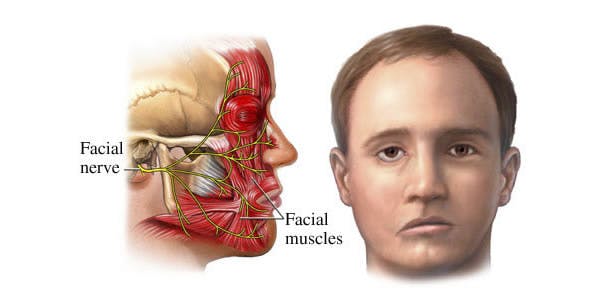Bell’s palsy is a condition that causes a temporary weakness or paralysis of the muscles in the face. It can occur when the nerve that controls facial muscles becomes inflamed, swollen or compressed.
The condition causes one side of the face to droop or become stiff. You may have difficulty smiling or closing your eye on the affected side. In most cases, Bell’s palsy is temporary and symptoms usually go away after a few weeks.
Although Bell’s palsy can occur at any age, the condition is more common among people between ages 16 and 60. Bell’s palsy is named after the Scottish anatomist Charles Bell, who was the first to describe the condition.
What are the symptoms of Bell’s palsy?
The symptoms of Bell’s palsy can develop one to two weeks after you have a cold, ear infection, or eye infection. They usually appear abruptly, and you may notice them when you wake up in the morning or when you try to eat or drink.
Bell’s palsy is marked by a droopy appearance on one side of the face and the inability to open or close your eye on the affected side. In rare cases, Bell’s palsy may affect both sides of your face.
Other signs and symptoms of Bell’s palsy include:
- drooling
- difficulty eating and drinking
- an inability to make facial expressions, such as smiling or frowning
- facial weakness
- muscle twitches in the face
- dry eye and mouth
- headache
- sensitivity to sound
- irritation of the eye on the involved side


